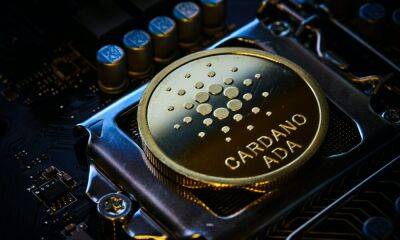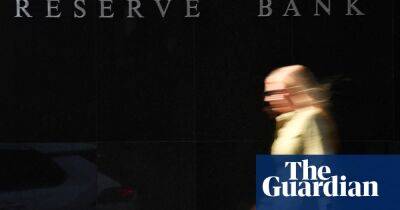Reserve Bank interest rates: RBA lifts official cash rate to 0.35% in first rise since 2010
The Reserve Bank of Australia has lifted its official cash rate for the first time in more than 11 years in its first intervention in a federal election since John Howard lost office in late 2007.
The central bank lifted its cash rate target from the record low 0.1% it had hovered at since November 2020, during the depths of the Covid pandemic. It was raised more than expected to 0.35%, and the RBA signalled more rises to come.
“The board judged that now was the right time to begin withdrawing some of the extraordinary monetary support that was put in place to help the Australian economy during the pandemic,” the RBA governor Philip Lowe said in a statement.
“The economy has proven to be resilient and inflation has picked up more quickly, and to a higher level, than was expected. There is also evidence that wages growth is picking up.
“Given this, and the very low level of interest rates, it is appropriate to start the process of normalising monetary conditions.”
An increase was widely expected after consumer price inflation spiked in the March quarter, with both headline and underlying inflation climbing to their highest levels in more than two decades. The size of the increase, though, was 10 basis points larger than the 0.15 percentage point rise, a surprise that sent stocks lower and the dollar higher.
While most market economists had expected the cash rate increase, the move came despite Lowe’s earlier assurances that he wanted to see inflation figures as well as wages data – not due out until 18 May – before lifting rates.
This failure to signal Tuesday’s move could damage the credibility of future comments from Lowe and the RBA, some economists have said.
On the flip side, by lifting the cash rate during an election
Read more on theguardian.com
 theguardian.com
theguardian.com
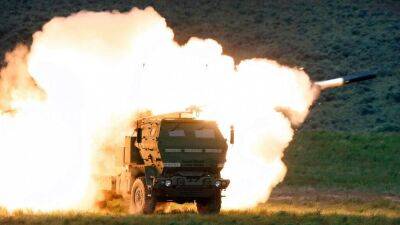
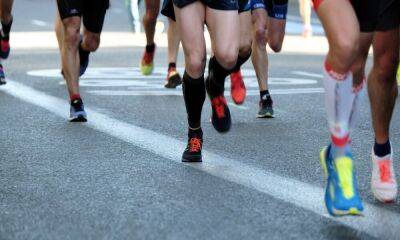




![Cardano [ADA] needs to defend this zone for a sustained rally](https://finance-news.co/storage/thumbs_400/img/2022/6/1/27906_kq76d.jpg)
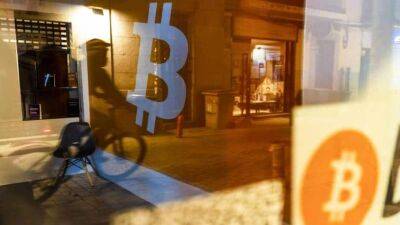

![Decentraland [MANA]: 24-hours performance will make you go gaga](https://finance-news.co/storage/thumbs_400/img/2022/6/1/27903_tbz.jpg)

![Cardano [ADA]: Should you buy more? The technical answer might amaze you](https://finance-news.co/storage/thumbs_400/img/2022/6/1/27900_bam.jpg)


